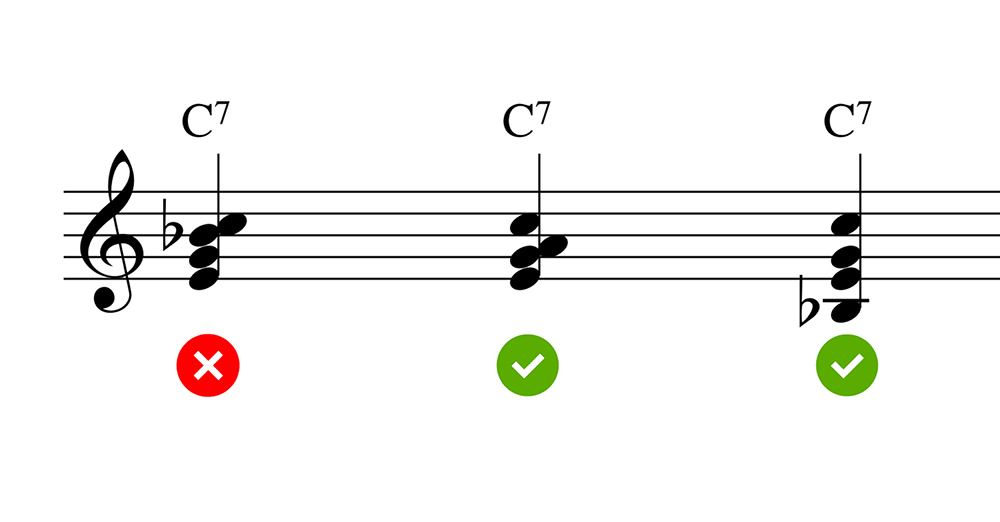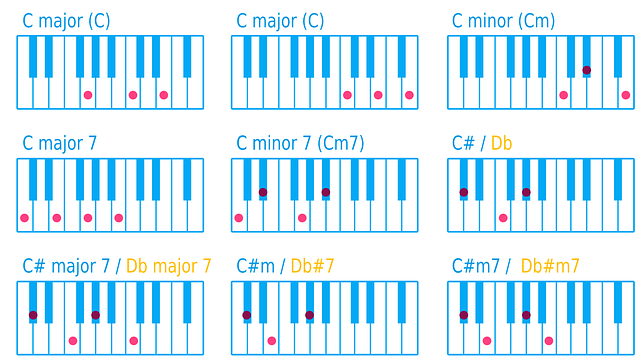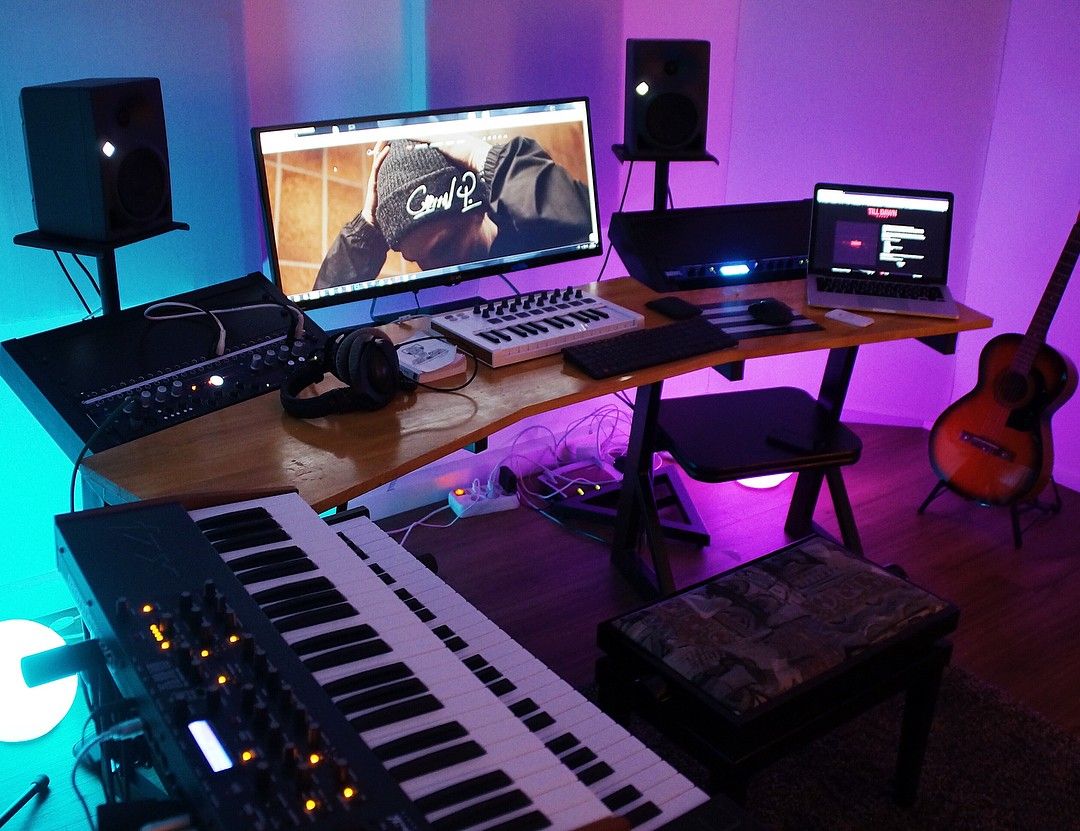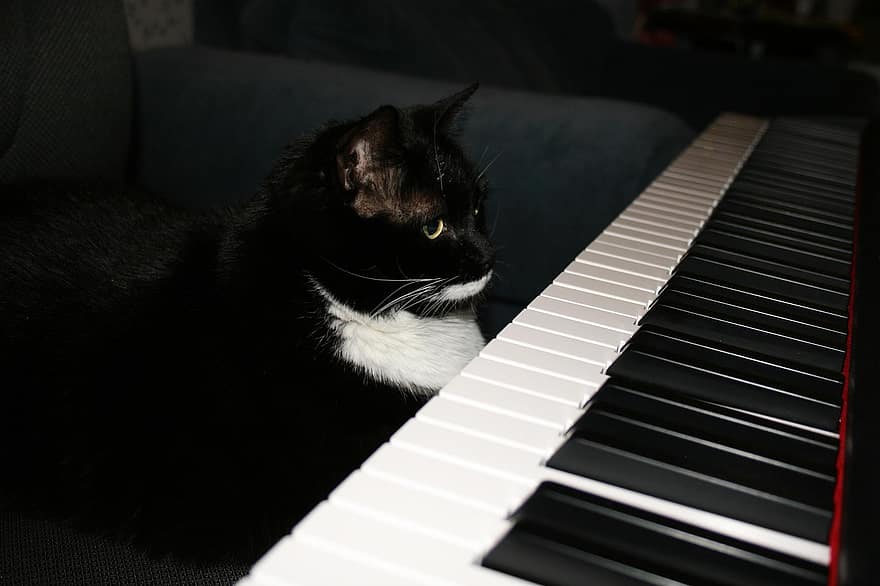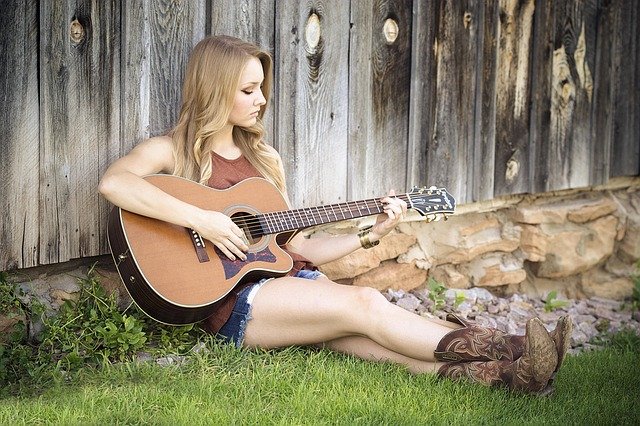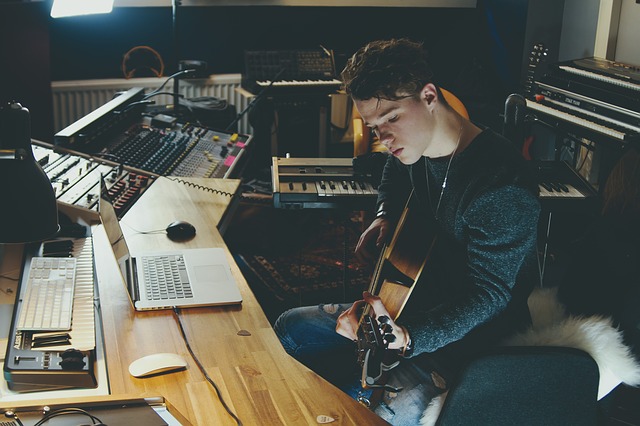The Essence of Song Structure
In the realm of music, structure is the invisible force that guides the listener on a transformative journey. It’s the roadmap, the compass, and the architect of musical narratives. Songwriters wield this power to lead their audiences, evoke emotions, and maintain unwavering interest. At the heart of this intricate web of structure lies the bridge, an often-underestimated but essential component of songwriting.
In this comprehensive guide, we’ll embark on a voyage to unravel the mysteries of song structure, with a keen focus on the bridge—a versatile section that plays a pivotal role in crafting musical tales. The bridge is not merely a deviation from the norm; it’s a gateway to a new dimension in a song, offering a fresh perspective, a change in emotion, and a break from the monotonous repetition that can plague a musical piece.
Understanding the Bridge
A. Definition and Placement
Let’s begin our exploration by defining the bridge and its strategic placement within a song’s architecture. The bridge is a distinct section that typically graces us after the second chorus. It stands as a bridge between familiar territory and uncharted waters, introducing a new musical idea, a different perspective, or a change in tone. It’s the twist in the plot, the unexpected turn, and the catalyst for heightened emotional engagement.
B. Breaking the Monotony
In a world where predictability can diminish the magic of music, the bridge shines as a beacon of change. It’s a tool that helps songwriters combat the monotony that often creeps in with the repetitive structure of verse-chorus-verse-chorus. The bridge’s arrival breathes life into the composition, offering a sense of renewal and excitement that can reignite the listener’s enthusiasm.
C. The Evolution of Songwriting
The landscape of songwriting has evolved over time, influenced by ever-changing musical trends. The rise of genres like EDM and shifts in popular music have influenced the inclusion (or exclusion) of bridges in songs. We’ll delve into how songwriters adapt to these changes and why the bridge remains a fundamental element for those who appreciate traditional song forms.
In the forthcoming sections, we’ll journey deeper into the creation of the perfect bridge, exploring the techniques and tools that songwriters employ to craft this section. We’ll also address the significance of contrast, chord progressions, melody, and the specific timing of the bridge. As you progress, remember that the bridge is not just a musical interlude but a gateway to a new dimension within your song.
Continue Reading
